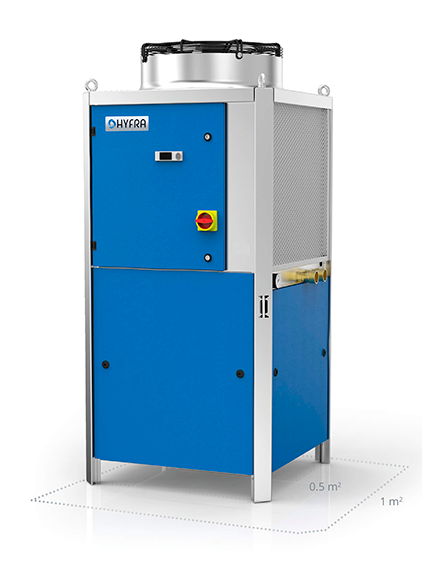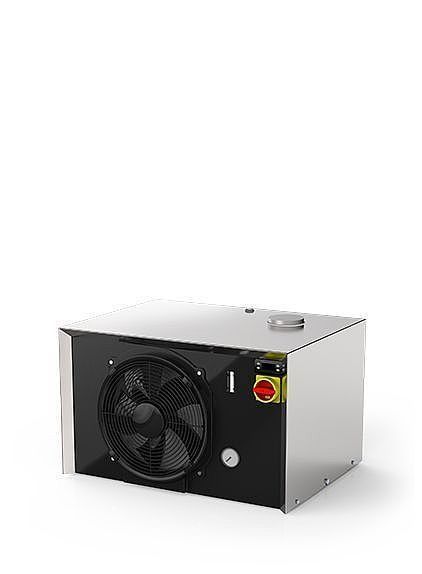In which areas of application are laser chillers being used?
Lasers have become integral to modern manufacturing methods and accordingly laser coolers have become more important. Typical areas of use include cutting, welding, soldering and cladding (applying material). Joining or separating, adding or subtracting and processing surfaces – lasers can do just about everything.
The flexibility of laser applications will cause them to replace mechanical processing in many sectors in the short or long term. Today, a single system can take care of a number of steps – first cutting sheets and then welding them together, for example.
What are some of the requirements for modern laser coolers?
Pressure to reduce production costs means increasingly higher numbers of pieces, which translates into increasingly compact, more powerful machines with shorter and shorter downtimes. Various components of the laser machines that meet these requirements must be reliably cooled to precise operating temperatures. This is true of the resonator (laser source) and the optics (lenses) used to focus the laser beam. High-performance process chillers that are specially designed for cooling laser systems take on the task.
You might be interested in visiting our product range of process chillers.
Looking into the future, process chillers – both water chiller and other coolant chiller units - are also increasingly more compact and powerful. To ensure that lasers always deliver perfect results quickly and reliably, they precisely control the coolant used to cool laser optics – ultra pure water, for example.
Energy-intensive systems such as CO2 lasers must be supplied with high cooling capacity. Modern diode or fiber lasers also require extremely quick, high control precision in the +/- 0.1 K range.
At the same time, the requirements for conserving all economic and environmental resources are becoming more complex. The specialists at HYFRA have developed future-proof solutions to meet these requirements, one of which is microchannel technology. Devices with it use up to 70% less refrigerant.
In addition to proven standard solutions, HYFRA develops customized solutions hand in hand with customers. A good example of the HYFRA engineers’ flexibility is a solution that was developed for a European laser system manufacturer. One of the project’s requirements was an installation area that had to be as compact as possible, since the laser manufacturer wanted to use this as a sales argument. For this reason, the project with the in-house name of “submarine design” resulted in a water chiller that can be connected by inserting it directly into an unusually small opening in the laser machine. To enable this solution, the individual chiller components had to be arranged to save space and fit the laser’s layout. The special technical challenge was to optimally arrange the condenser/capacitor and the unit with the air channel system for dissipating the waste heat. The standard vertical chiller layout was transformed into a custom, horizontally designed chiller.
You might be interested in the HYFRA portable chiller as well.




